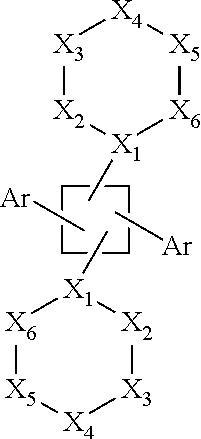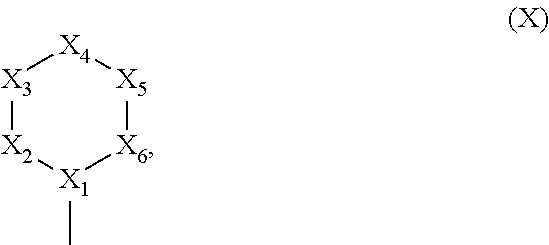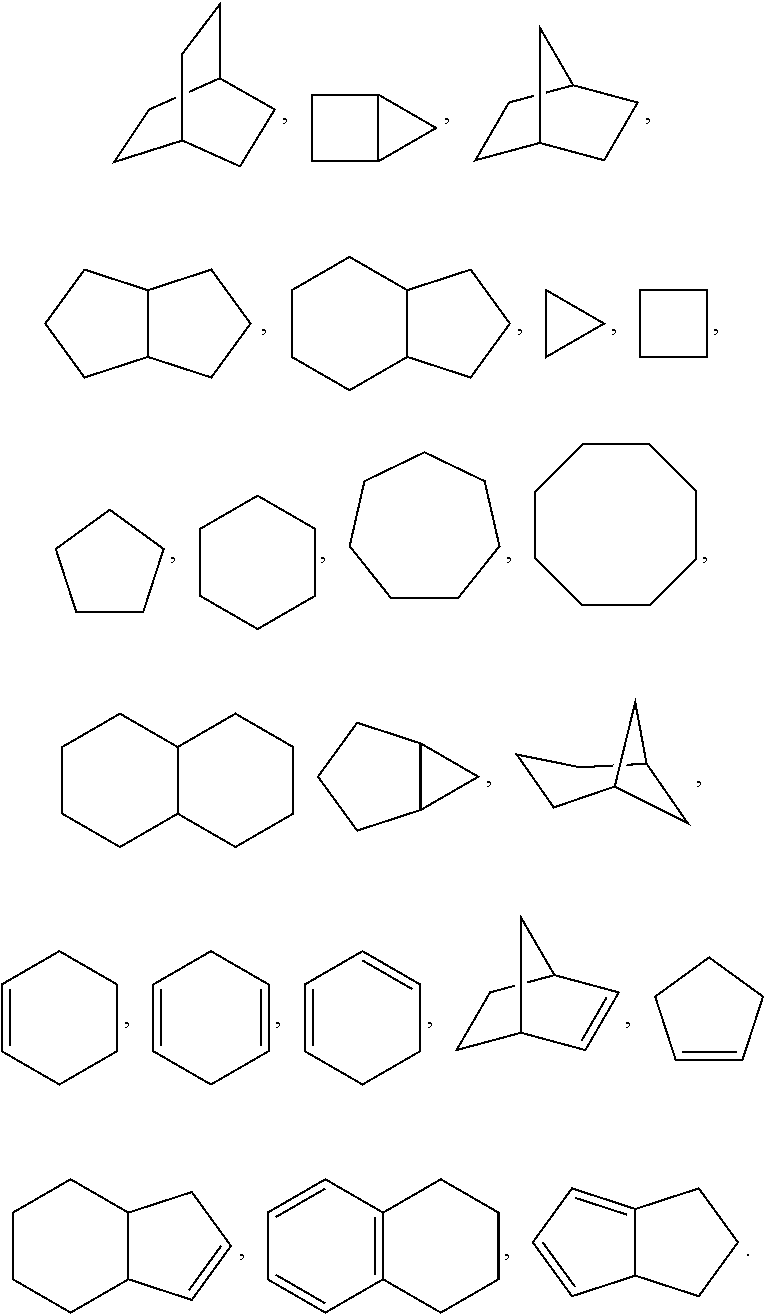Tetra-aryl cyclobutane inhibitors of androgen receptor action for the treatment of hormone refractory cancer
a technology of androgen receptor and tetraaryl cyclobutane, which is applied in the direction of drug composition, combustion types, lighting and heating equipment, etc., to achieve the effect of suppressing androgen receptor activity
- Summary
- Abstract
- Description
- Claims
- Application Information
AI Technical Summary
Benefits of technology
Problems solved by technology
Method used
Image
Examples
examples
Example I
Tetra-Aryl Cyclobutanes as Direct Inhibitors of the Nuclear Receptor / Coactivator Interaction
[0239]In a continued effort to develop novel therapeutics for the management of hormone receptor-driven cancers, we have developed a set of 1,3-biphenyl-2,4-bipyrimidynyl-cyclobutanes that directly disrupt the interaction between the estrogen and androgen receptors and their coactivators. These compounds differ from traditional nuclear hormone receptor antagonists in that they bind to the surface of the receptors, as opposed to an internal hydrophobic pocket, and are active even in the presence of an agonist ligand. The cyclobutanes (CBs) are active in both in vitro (time-resolved FRET) and cell-based (luciferase reporter gene) assays, and bind with affinities ranging from submicromolar to low micromolar. These preliminary results suggest that compounds with this mechanism of action may prove efficacious in the treatment of hormone-refractory breast and prostate cancers. As illustrat...
example i
REFERENCES FOR EXAMPLE I
[0240](1) Parent, A. A.; Gunther, J. R.; Katzenellenbogen, J. A. J. Med Chem. 2008, 51, 6512-6530.[0241](2) Williams, A. B.; Weiser, P. T.; Hanson, R. N.; Gunther, J. R.; Katzenellenbogen, J. A. Org. Lett. 2009, 11, 5370-5373.[0242](3) LaFrate, A. L.; Gunther, J. R.; Carlson, K. E.; Katzenellenbogen, J. A. Bioorg. Med. Chem. 2008, 16, 10075-10084.[0243](4) Becerril, J.; Hamilton, A. D. Angew. Chem. Int. Ed. 2007, 46, 4471-4473.[0244](5) Gunther, J. R.; Moore, T. W.; Collins, M. L.; Katzenellenbogen, J. A. ACS Chem. Bio. 2008, 3, 282-286.[0245](6) Gunther, J. R.; Parent, A. A.; Katzenellenbogen, J. A. ACS Chem. Bio. 2009, 4, 435-440.[0246](7) Joseph, J. D.; et al. PNAS 2009, 106, 12178-12183.[0247](8) Anderson, R. J.; et al. Cancer Cell 2010, 17, 535-546.[0248](9) Estebanez-Perina, E.; et al. PNAS 2007, 104, 16074-16079.[0249](10) Jones, J. O.; et al. PNAS 2009, 106, 7233-7238.
Example II
Antagonists with Selectivity for Mutant Androgen Receptors: Synthesis and ...
example ii
REFERENCES FOR EXAMPLE II
[0252](1) Siegel, R. et. al. CA Cancer J. Clin. 2012, 62, 10.[0253](2) Korpal, M. et. al. Cancer Discov. 2013, 3(9), 1030.[0254](3) Taplin, M. E. et. al. Cancer Research 1999, 59, 2511.[0255](4) Chatterjee, B. Mol. Cell. Biochem. 2003, 253, 89.[0256](5) Taplin, M. E. et. al. Nature Clin. Prac. Oncol. 2007, 4, 236.
PUM
 Login to View More
Login to View More Abstract
Description
Claims
Application Information
 Login to View More
Login to View More - R&D
- Intellectual Property
- Life Sciences
- Materials
- Tech Scout
- Unparalleled Data Quality
- Higher Quality Content
- 60% Fewer Hallucinations
Browse by: Latest US Patents, China's latest patents, Technical Efficacy Thesaurus, Application Domain, Technology Topic, Popular Technical Reports.
© 2025 PatSnap. All rights reserved.Legal|Privacy policy|Modern Slavery Act Transparency Statement|Sitemap|About US| Contact US: help@patsnap.com



